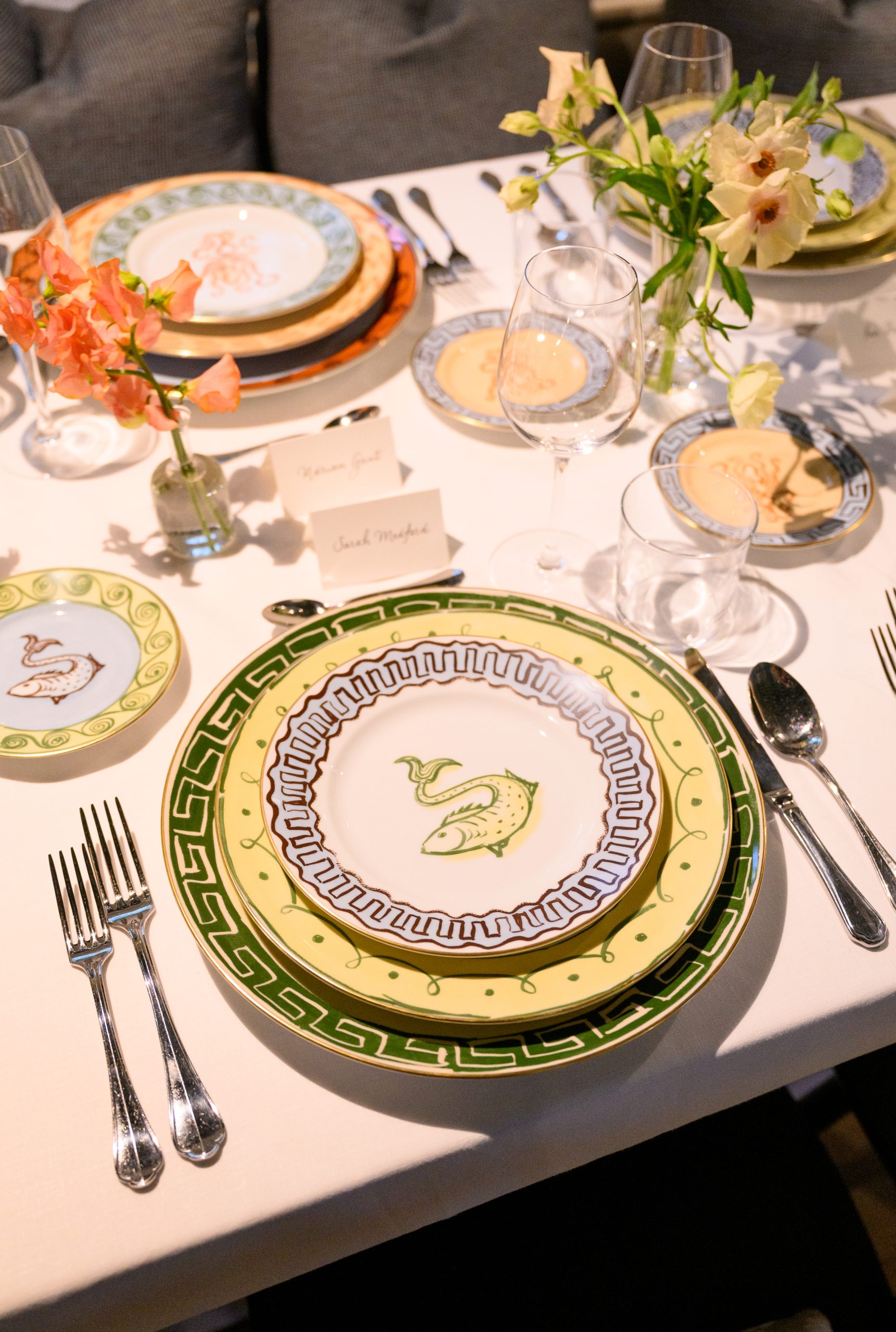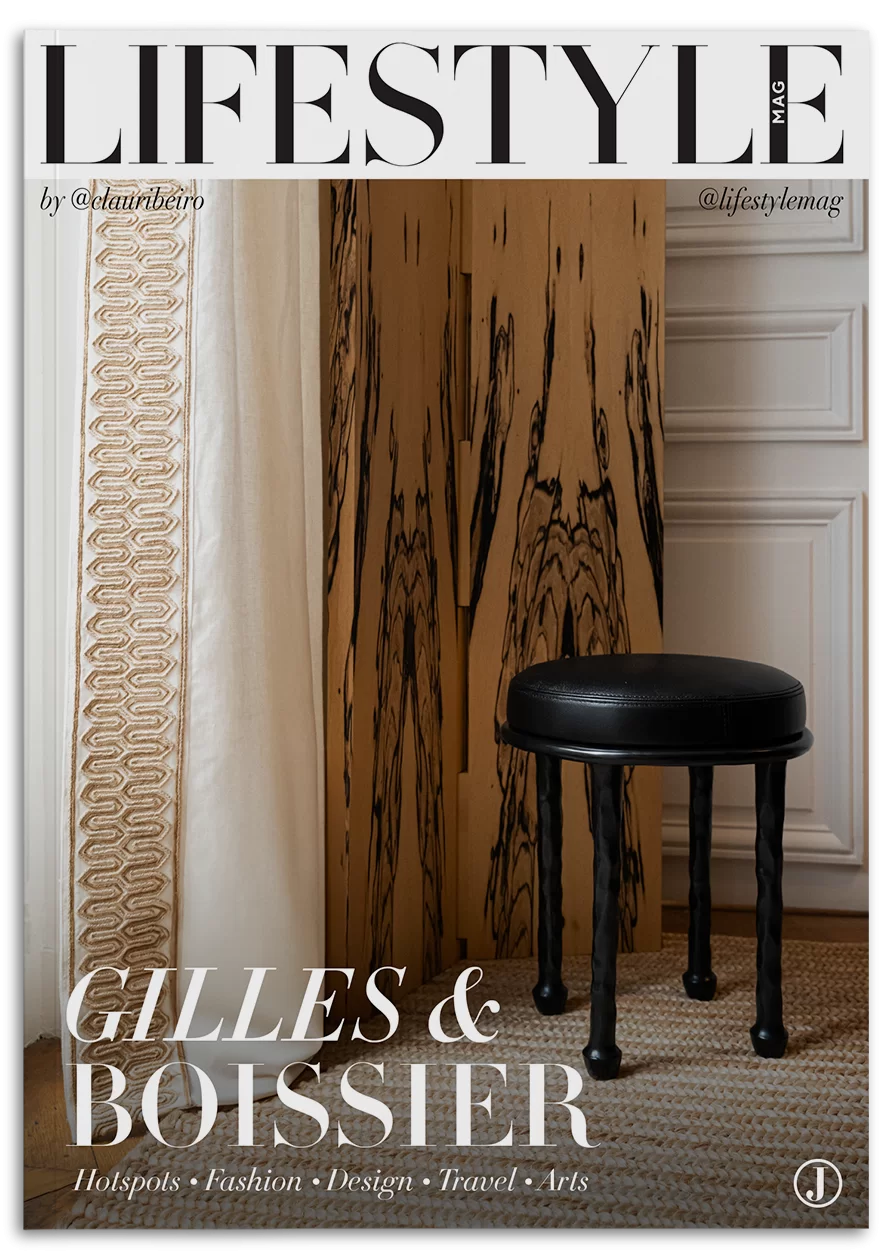Where time is set by porcelain
Ginori 1735 unveils Il Viaggio di Nettuno, a bold new collection by Luke Edward Hall that reimagines Greco-Roman mythology through vibrant colors and poetic porcelain forms
Founded in 1735 just outside Florence, Ginori is not merely a porcelain house — it is a guardian of Italian memory. Its roots trace back to Doccia, a small Tuscan village where Carlo Ginori, a marquis with a scientific mind and an artist’s soul, dreamed of establishing a manufactory that could rival the porcelain dynasties of Europe. What he built was not just a factory — it was a legacy that would span nearly three centuries.

Every Ginori piece carries that lineage — a porcelain whisper that connects centuries of art, intellect, and emotion. The brand’s historical archives are said to contain over 20,000 original decorative motifs, some sketched by hand in the 18th century, others imagined in the luminous decades of Italian modernism. Each tells a story. And yet, the true brilliance of Ginori lies not only in its past but in the way it continues to evolve — always aware of its origins, never confined by them.

One of the house’s most transformative chapters began in the early 20th century with a groundbreaking collaboration with Gio Ponti — architect, designer, and creative visionary. Under his influence, Ginori’s pieces took on a strikingly modern spirit, proving that even the most traditional materials can become canvases for innovation. His vision remains imprinted on today’s collections: refined, essential, and unexpectedly bold.
That spirit was quietly alive at The Maidstone, where guests were invited into the world of the newest collection — a fusion of classical Italian codes and contemporary rhythm. Plates became canvases. Cups became gestures. And beneath each surface, the quiet pulse of craftsmanship.
To this day, each Ginori piece is hand-finished by skilled artisans in Italy. These techniques — passed down through generations — are learned through observation, preserved in silence, and practiced with reverence, much like family recipes. It is this devotion to detail that gives Ginori its soul — something machines can never mimic.
In recent years, Ginori joined the Kering Group, alongside names like Gucci and Bottega Veneta. This chapter marks not just an expansion, but a reawakening — an invitation to a wider world. Through artistic collaborations with figures such as Luke Edward Hall and features in publications like Architectural Digest, Ginori continues building a bridge between centuries — grounded in its identity, yet open to reinvention.

This spirit shone brightly at the launch dinner held at The Maidstone in East Hampton, where guests celebrated Il Viaggio di Nettuno – A New Chapter, Hall’s second porcelain collaboration with the brand. Inspired by Greco‑Roman pottery and the Bloomsbury Group, the colorful collection—highlighted in tones like terracotta, pine green, butter yellow, sky blue, and peach—brings Neptune’s mythical voyage to life across plates, mugs, and storage boxes.
And perhaps what makes Ginori 1735 truly timeless is that it doesn’t follow trends — it sets time. Porcelain, here, is not still. It is lived, contemplated, celebrated. Whether placed on a table in Florence or East Hampton, its presence is a quiet declaration: beauty matters. And it is most powerful when it endures.
To discover more about Ginori’s legacy, collections, and creative journey, visit the official website.



